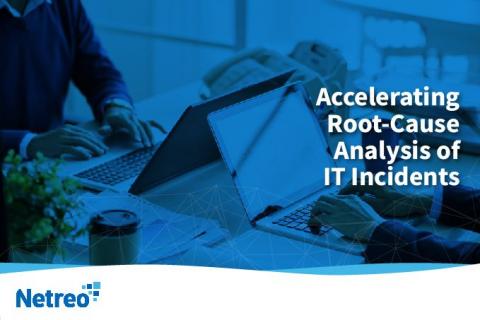Answering the 5 Whys During Root Cause Analysis
In today’s IT’s landscape, a variety of tools are available to us to help with root cause analysis process. Leveraging your tools and using them optimally is necessary to any system but it’s important to remember that tools do not have access to all the information available for them to be able to truly solve every problem So to truly get to the true root cause, you need a process that will take us beyond the scope of tools.







